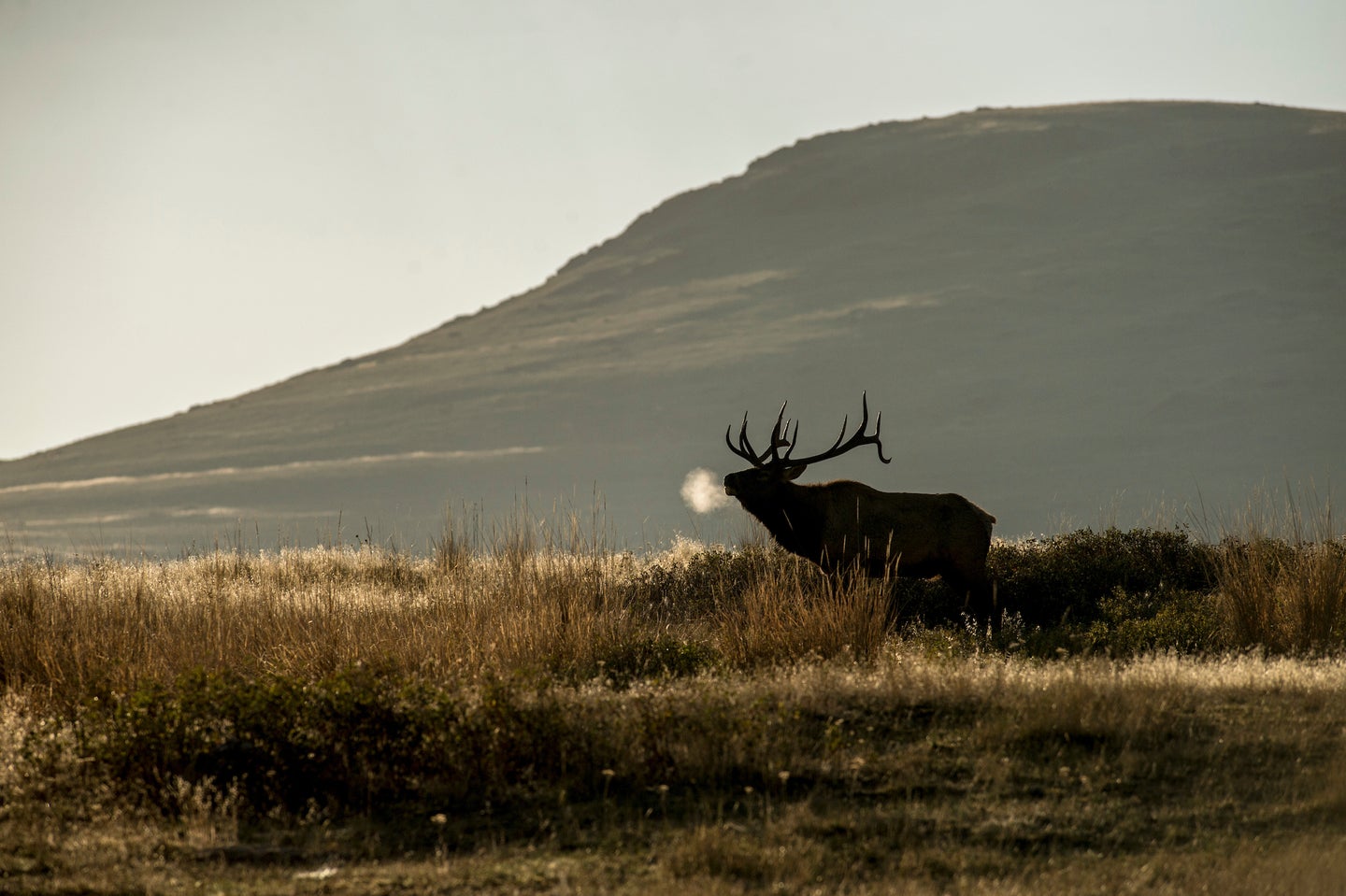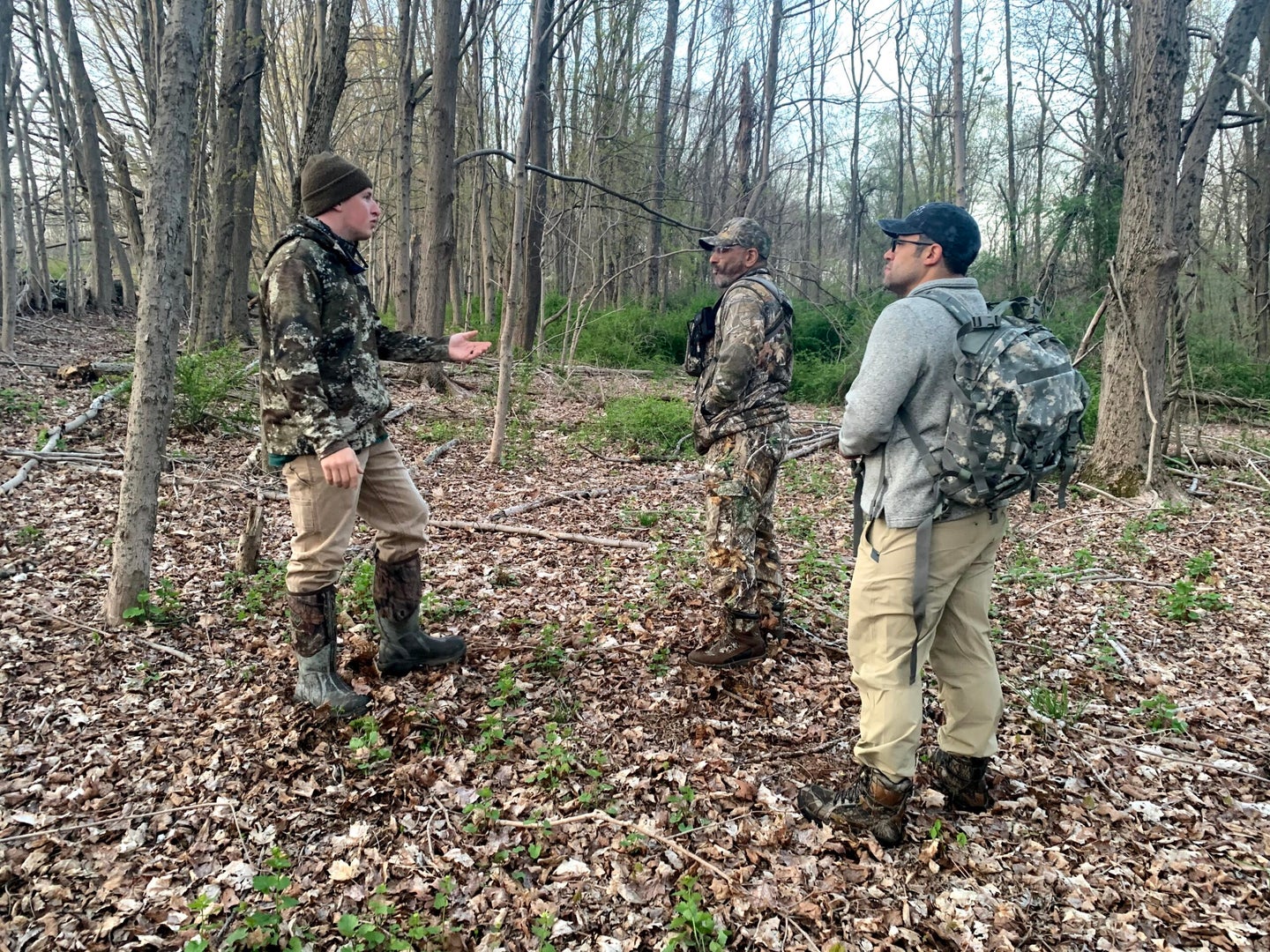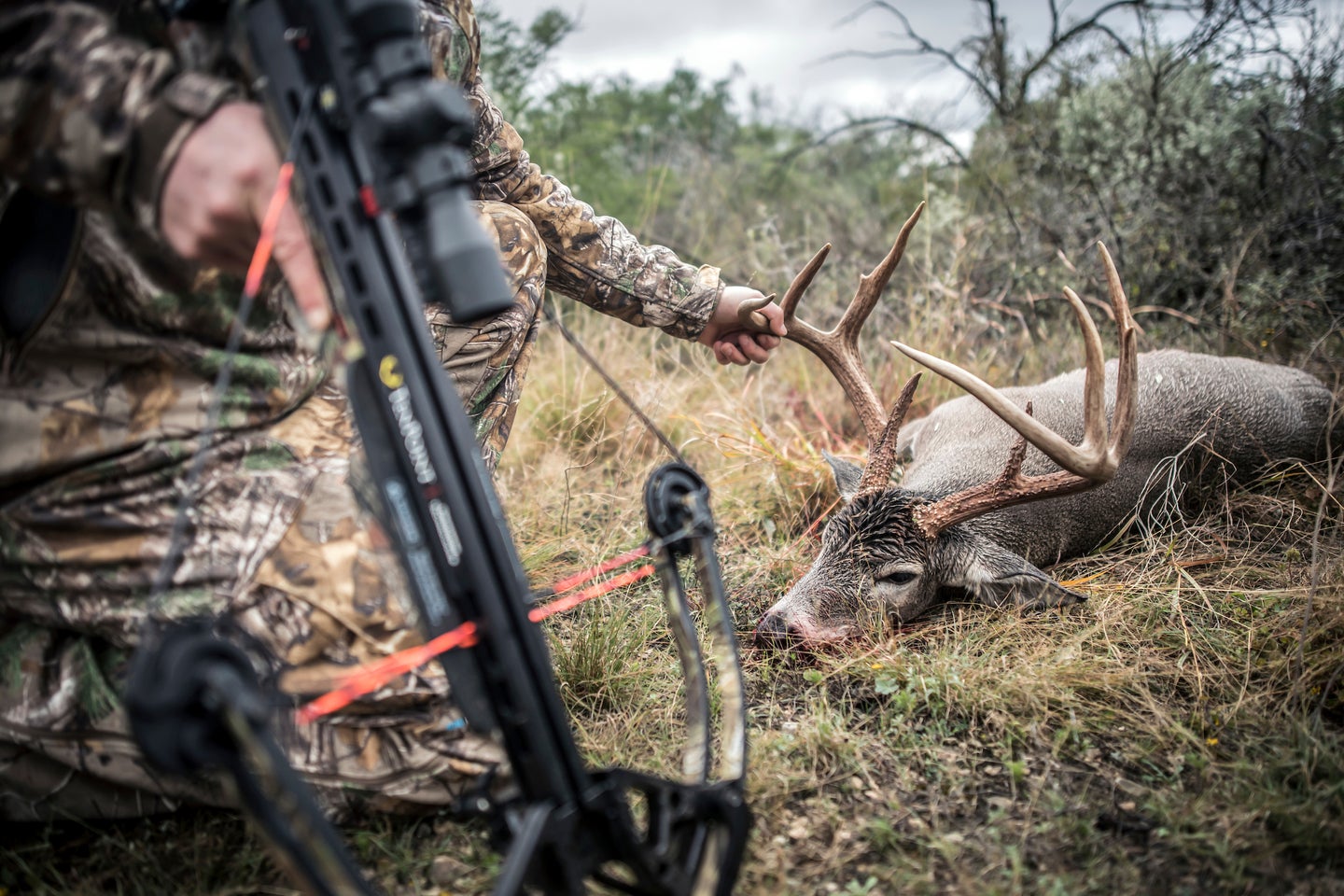Blog

Why Do States Have Such Different (and Obscure) Hunting Regulations? It’s Partly Because We Can’t Agree on What’s Ethical
State hunting regulations vary widely and leave plenty up for ethical debates

200-Class Archery Buck Officially Scored as the Second-Biggest Typical Whitetail in Illinois
Higgins nicknamed the buck “Mel,” because her thought the deer had potential to best Johnson’s massive world-record Pope and Young buck.
Higgins first spotted the deer on his farm when it was just a good, healthy yearling. But the following year, the buck had jumped in antler size with an estimated 160-inch rack. It was the biggest 2.5-year old buck Higgins had ever seen. That’s when he nick-named the deer Mel, for its incredible potential.
“As a 3.5-years old, Mel was massive, with 18 points and an estimated 216-inches of antlers,” says Higgins. “That bow season I had him at 20 yards for 20 minutes, but passed him because I knew he’d get even bigger.”

Hunting Without a Mentor for the First Time Is Hard—So Adjust Your Expectations
We met up on opening weekend. Anthony had planned to roost some birds earlier that week, but his work schedule didn’t permit it. Plan B was to hunt the same spot he arrowed a turkey the prior year. At that property, we hiked a good way. When we finally stopped, Anthony proceeded to show me how to set turkey decoys and make a knee blind for bowhunting. Once our setup was complete, we sat behind the blind with our backs against a large tree, said a prayer, and waited for the sun to rise.

Bowhunters and Crossbow Hunters Are Killing More Deer. Is That a Bad Thing?
Wildlife managers might express concerns about archers’ focus on bucks, but none cite biological harm to deer herds as more hunters pick up archery gear, including crossbows. After all, overall hunter numbers keep declining across the U.S. while whitetail deer herds keep growing in towns and cities from Omaha to Atlanta to Hartford, Connecticut.
The NDA’s deer-harvest data, collected annually from state and provincial wildlife agencies, show bowhunters accounted for over 40 percent of the total harvest in six states in 2019. New Jersey’s bowhunters led the way at 63 percent, followed by Connecticut, 53 percent; Ohio and Massachusetts, 48 percent; Illinois and Kansas, 41 percent. Six other states reported archery kills exceeding 30 percent of the 2019 total: Rhode Island, 39 percent; Maryland and Pennsylvania, 37 percent; Michigan and Wisconsin, 32 percent; and West Virginia, 30 percent.
